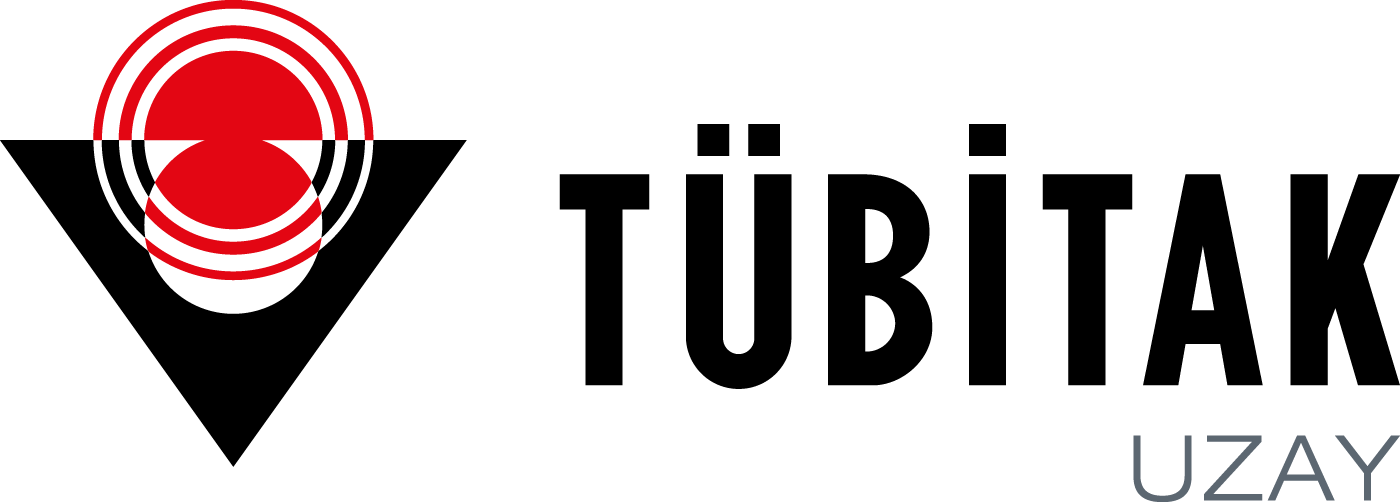Türkiye’s First Indigenous Communication Satellite Now Operational
TÜRKSAT 6A, Türkiye’s first indigenous communication satellite, was officially commissioned during a ceremony attended by President Recep Tayyip Erdoğan.
Held on April 21, 2025, at the Türksat Gölbaşı Campus, the ceremony brought together Minister of Industry and Technology Mehmet Fatih Kacır, Minister of Transport and Infrastructure Abdulkadir Uraloğlu, TÜBİTAK President Prof. Dr. Orhan Aydın, executives and engineers from TÜBİTAK, TUSAŞ, ASELSAN, and CTech, along with numerous invited guests.
President Erdoğan: “A Symbol of Our Independence in Space”
During his address, President Recep Tayyip Erdoğan emphasized that TÜRKSAT 6A represents a historic step symbolizing Türkiye’s independence in space. Highlighting that the satellite was developed entirely with national capabilities, Erdoğan said: "Today, we come together for the commissioning ceremony of TÜRKSAT 6A, our first indigenous communication satellite. We launched TÜRKSAT 6A into space on July 9, 2024, and completed its first test broadcast on February 17. All processes were completed without any issues. I wish that TÜRKSAT 6A brings prosperity to our country and our nation. I would like to thank all our colleagues who contributed to the successful progress of this project."
President Erdoğan stated that this achievement, realized through national technology, is one of the most concrete indicators of Türkiye’s progress in space technologies.
Minister Kacır: “TÜRKSAT 6A Experience Advanced Our Lunar Mission”
In his remarks, Minister of Industry and Technology Mehmet Fatih Kacır underlined that TÜRKSAT 6A is not only a communication satellite but also a strong indication of the level Türkiye has reached in high technology production. He noted that the knowledge and engineering experience gained during the satellite’s development process have significantly contributed to Türkiye’s Lunar Research Mission under the National Space Program. Kacır also announced that the high-resolution observation satellite İMECE, developed by TÜBİTAK UZAY, successfully completed its second year in orbit, and that progress in the cluster satellite project is advancing smoothly.
Minister of Transport and Infrastructure Abdulkadir Uraloğlu stated that TÜRKSAT 6A would further strengthen Türkiye’s presence in space, adding, “We have also started the preparatory work for our seventh-generation communication satellites. With these new satellites, we will both utilize our domestic capabilities and maximize international cooperation.”
Developed Through National Collaboration
TÜRKSAT 6A was developed under the project leadership of TÜBİTAK UZAY, in collaboration with TUSAŞ, ASELSAN, and CTech. Thanks to its high domestic production rate, Türkiye joined the ranks of 11 countries capable of developing communication satellites with national resources, further strengthening its position on the global stage.
Domestic Software for Mission Control
From launch to orbital placement, testing, and commissioning, all phases of the satellite's operation were successfully conducted through the 100% domestic mission control software platform TStar-GO, developed by TÜBİTAK UZAY.
All operational stages, including satellite system management, orbital maneuvers, and mission planning, are carried out through this platform.
A Strategic Gain that Reduces Foreign Dependency
Developed with domestic engineering capabilities and high technology, TÜRKSAT 6A significantly reduces Türkiye’s dependency on foreign resources in satellite communications. The project marks a major step in the nationalization of related technologies while also strengthening Türkiye’s space ecosystem by enhancing its human resources and engineering infrastructure.


